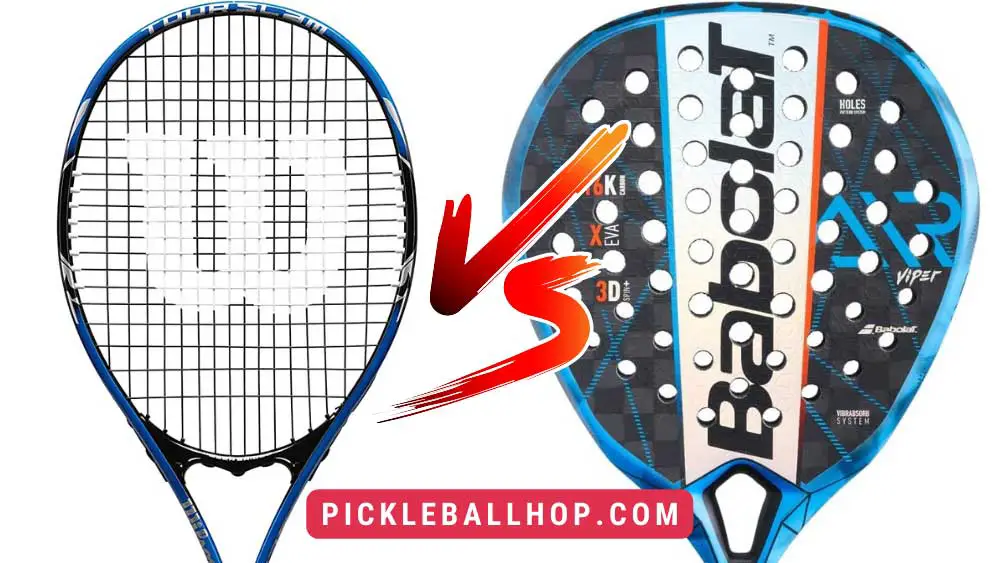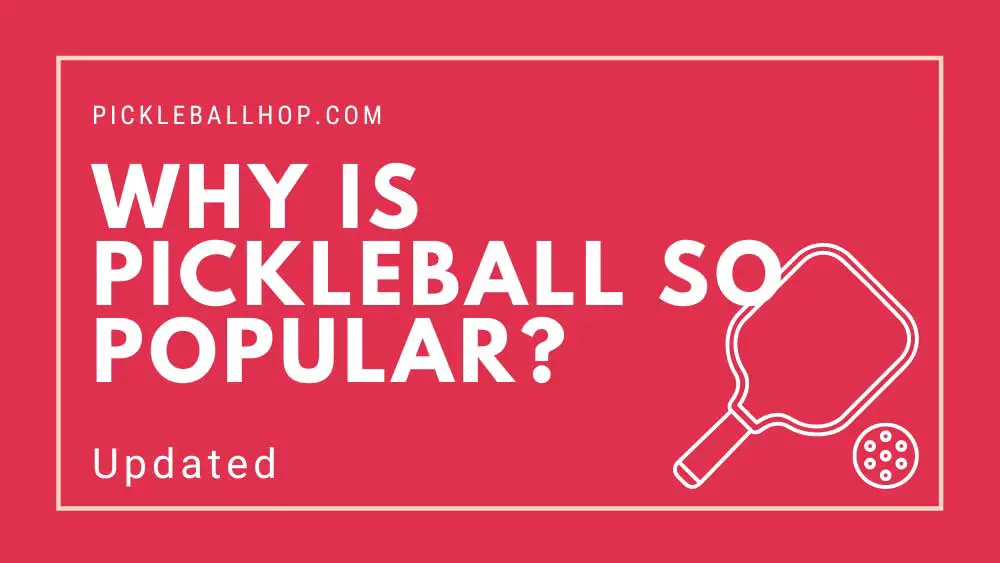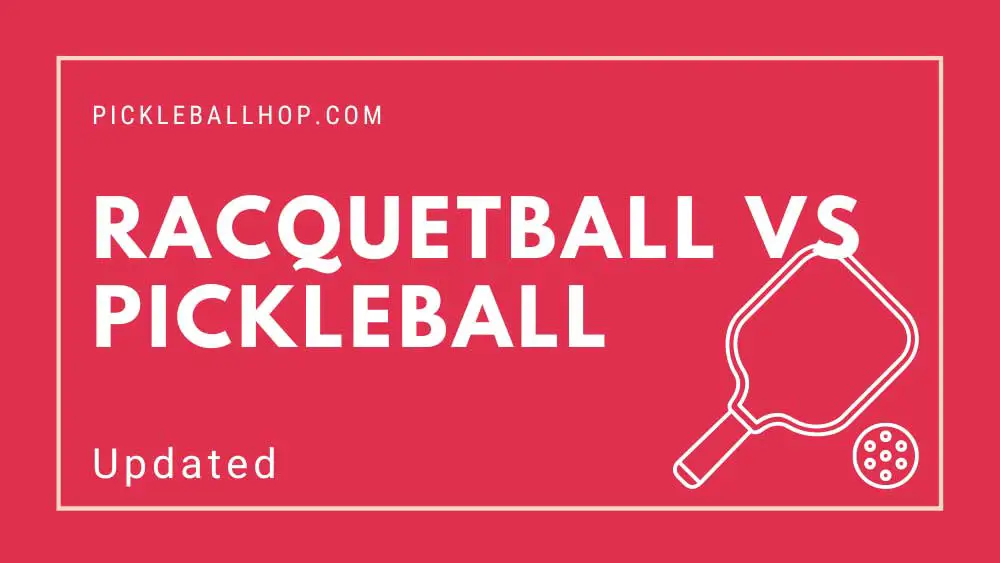Following someone through a glass door into a room with only one exit, armed with only a squash racket or racquet, takes a lot of trusts.
There is only one thing racquetball and squash have in common: a glass court and (sometimes tiny) door. Here are the differences between the two, so you can be sure you’re using the right racquet (racket) when you play.
You may enjoy reading: Best Padel Rackets
What is the difference between squash and racketball?
A racquetball racquet is longer than a squash ball, and a squash ball is larger than a racquetball racquet. Racquetball racquets have a maximum length of 22 inches, while squash rackets are 27 inches or shorter. … Racquets are made of similar materials, and rubber balls are used in both sports.
History
A brief explanation: Squash dates back to 1830 when English schoolchildren invented it. 1949 was the year when an American fellow invented racquetball.
Racquet or racket?

With racquetball, you use a tear-drop-shaped stringed area that can reach 55.88 cm long. There is more to squash than just being different. Squash rackets are longer than squash rackets (up to 68.6 cm), but their strings are narrower than squash rackets. English prisoners used to call an earlier version of the game, “Rackets.”
What about the balls?
Squash balls and racquetballs are both hollow rubber balls. Although racquetballs are larger and bouncy by 42% compared to squash balls. As a result of those mischievous school kids, squash got its name from the punctured Racket balls which become harder to hit upon impact.
Court size (singles)
Jonathon Power of Canada and Stewart Boswell of Australia playing a quarterfinal match in the United States Open squash tournament, (2002).
These are the metric and imperial measurements for two sports that were invented in England and America, respectively.
Racquetball (LxWxH): 12.19m x 6.10m x 6.10m (40 ft. x 20 ft. x 20 ft.)
Squash (LxWxH): 9.75m x 6.4 m x 5.64m (32 ft. x 21 ft. x 18.5 ft., rounded to tenth)
You may enjoy reading: Pickleball Court Dimensions
How to serve
A squash player must stand in a box on the court during a serve. If the ball is to be considered a qualified serve, it must be sent into the opposite corner.
Racquetball allows players to stand anywhere in the service box and rip. Without hitting the back wall first, the ball must drop behind the service box.
You may enjoy reading: How to Serve in Pickleball?
How to win
On Friday, July 17, 2015, Shawn Delierre and Andrew Schnell of Canada celebrated winning the gold medal in the men’s team squash against Mexico at the 2015 Pan Am Games in Toronto.
Serving is the key to scoring in racquetball matches. In spite of this, it is the best of the three games, which makes it much longer. The games are played to 15, unless a tie-breaking third game is necessary, which is played to 11.
During a squash match, the winner earns the best of five, with points scored from any rally. It is mandatory to win both sports by two points in Canada.
Jonathon Power doing his thing
It was the first time that a North American squash player reached the No.1 spot in the world rankings when Jonathon Power from Canada did so in 1999.
Squash vs racquetball: which is harder?
Balls, what about them? Squash balls and racquetballs are both hollow and rubber. Although squash balls are larger in diameter and bouncy, racquetballs are 42% larger. A notable fact about squash is that it is named after those mischievous school children who realized that squash would be harder to play if a punctured racket ball was hit on impact. further, you can read about squash vs racquetball vs pickleball by clicking here.
Is it possible to play racquetball on a squash court?
Racquetball is described as a ‘quirky’ crossover between tennis and squash that is both easy to learn and a lot of fun to play. … Squash is played on squash courts, but the blue ball is bigger and bouncier than squash balls. It is easy to manipulate the racquet due to its large head and short handle.
You may enjoy reading: Is Pickleball Good Exercise Or Good Workout?



